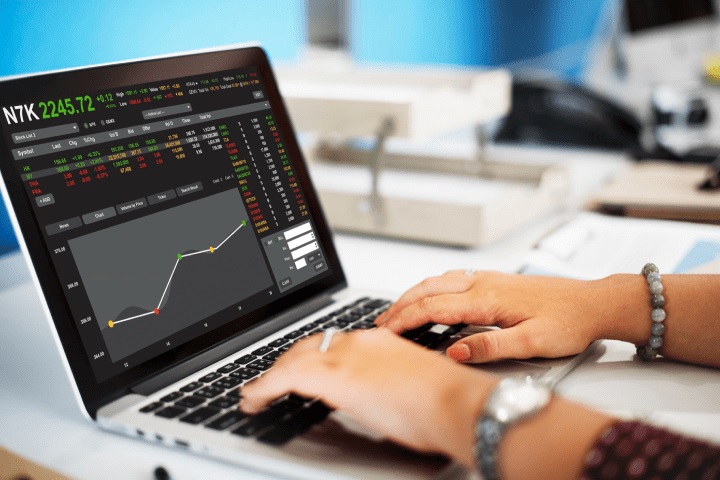There is no one-size-fits-all answer to the question of what the most safe type of trading is—as safety can be subjective and dependent on individual risk tolerance, market knowledge, and investment goals. However, there are several trading strategies considered to be relatively safer compared to others. Here are some of them:
Long-term Investing (Buy and Hold)
Long-term investing, often referred to as “buy and hold,” is widely regarded as one of the safest trading strategies. This approach involves purchasing stocks, bonds, mutual funds, or other investment vehicles with the intention of holding them for a period that typically spans years or even decades. The rationale behind this strategy is that while markets can be volatile in the short term, they generally trend upwards over the long term. In other words, the longer you hold an investment, the more time it has to overcome fluctuations and grow in value.
Benefits:
- Reduces impact of short-term volatility: By focusing on long-term growth, investors can largely ignore daily market swings.
- Capitalizes on compounding: Holding investments for a long time allows investors to benefit from compounding returns, which can significantly increase wealth over time.
- Tax efficiency: Long-term capital gains are taxed at a lower rate than short-term gains in many jurisdictions.
Index Funds and ETFs
Investing in index funds or Exchange-Traded Funds (ETFs) is another strategy considered safe due to diversification and management simplicity. Index funds aim to replicate the performance of a specific index, such as the S&P 500, by holding the same stocks in the same proportions. Because these funds spread their holdings across many companies, the risk is diluted compared to investing in a single stock.
Benefits:
- Diversification: By owning a basket of stocks, investors minimize the risk that any single company’s poor performance will significantly impact their portfolio.
- Low fees: Index funds and ETFs typically have lower management fees than actively managed funds because they require less buying and selling and rely on a passive management strategy.
- Transparency: ETFs trade like stocks and their prices are updated throughout the trading day, providing transparency and ease of access.
Dividend Stocks
Investing in companies with a strong history of paying dividends can also be a safe trading strategy. Dividends provide a source of income regardless of stock price movements and can be a sign of a company’s financial health and stability.
Benefits:
- Income generation: Regular dividend payments provide a stream of income, which can be particularly appealing to investors looking for cash flow, such as retirees.
- Potential for reinvestment: Dividends can be reinvested to purchase additional shares, contributing to compound growth.
- Sign of stability: Companies that consistently pay dividends are often established and financially stable, which can make them less risky investments.
Dollar-Cost Averaging (DCA)
Dollar-cost averaging involves investing a fixed amount of money into a particular asset or fund at regular intervals, regardless of its price. Over time, DCA can help reduce the impact of volatility because you buy more shares when prices are low and fewer when prices are high.
Benefits:
- Mitigates timing risk: DCA eliminates the need to time the market, which is difficult even for professional traders.
- Encourages discipline: By investing regularly, investors are less likely to react emotionally to market fluctuations.
- Suitable for beginners: DCA is easy to understand and implement, making it accessible for new investors.
In conclusion, while there’s no absolute “safest” type of trading, strategies like long-term investing, index fund and ETF investing, focusing on dividend stocks, and utilizing dollar-cost averaging are all broadly considered to be safer. Each investor must evaluate their individual situation, including risk tolerance, investment horizon, and financial goals, to determine the best trading approach for them. Consulting with a financial advisor can also provide personalized guidance for managing investment risk.

